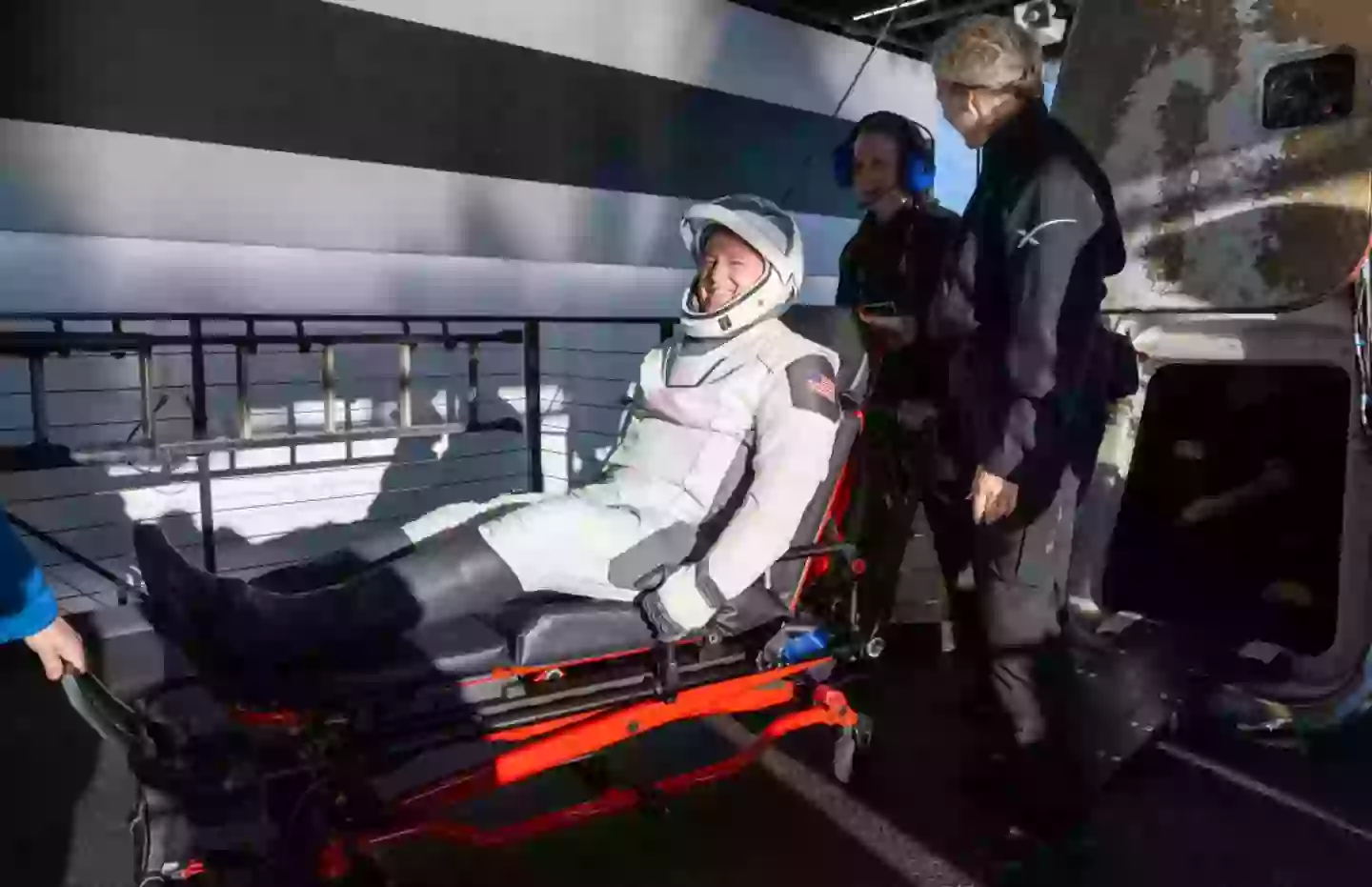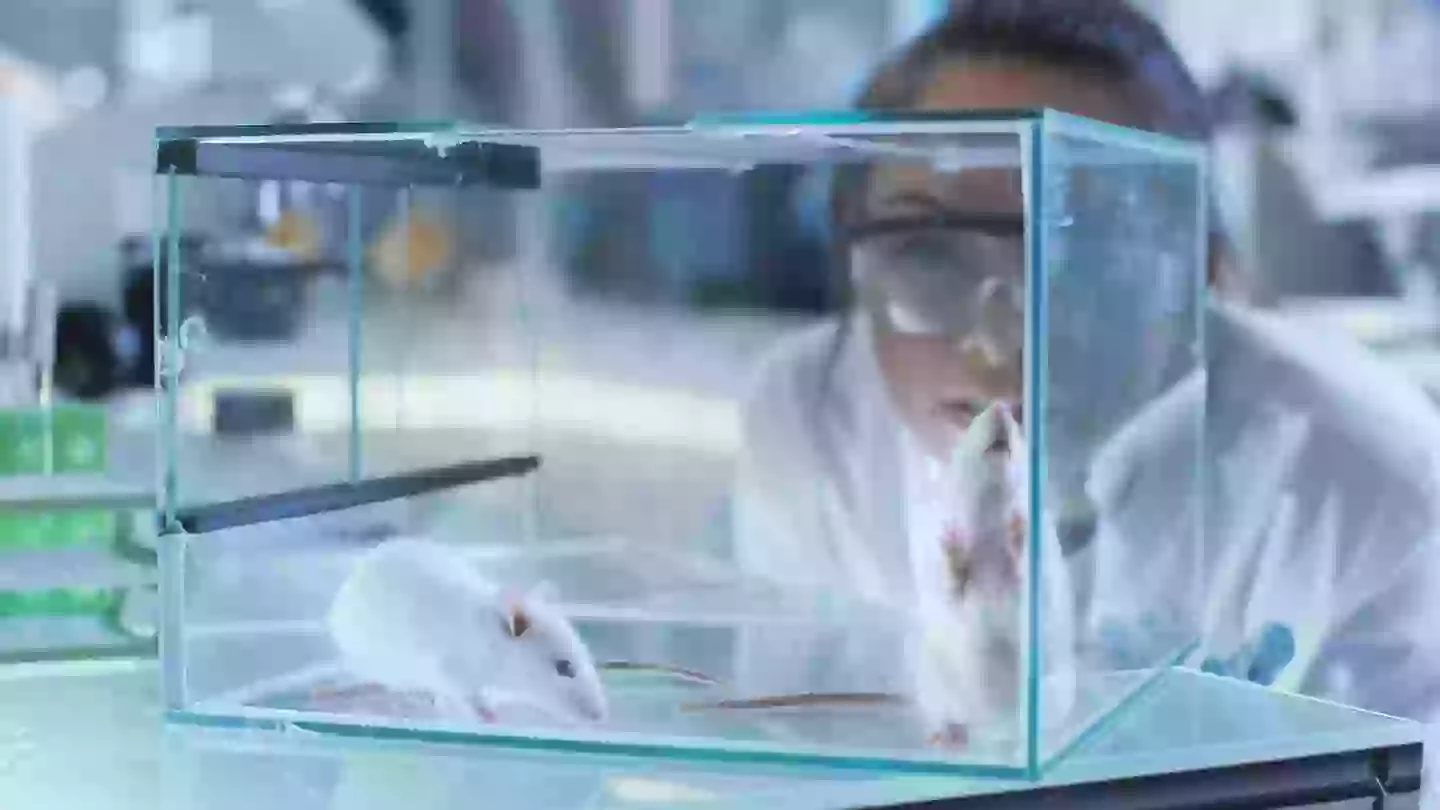NASA astronauts Butch Wilmore and Suni Williams received a hero’s welcome when they splashed down this month, but concerns about their health have only grown since their return.
After spending nearly 300 days in space—far longer than their planned eight-day mission aboard the International Space Station (ISS)—the duo may face a range of health challenges, from mental health struggles to increased radiation exposure and changes in brain function. However, it’s the condition of their bones that could be the most alarming.
Their prolonged stay in microgravity was due to multiple failures on the Boeing Starliner spacecraft, including five helium leaks, five malfunctioning thrusters, and a faulty propellant valve. During their extended time in orbit, their bodies endured immense stress from the absence of gravity.
Now, a recent study analyzing the effects of space travel on mice sent to the ISS has shed light on the potential risks astronauts may face—particularly regarding bone health. The findings highlight the dangers of prolonged exposure to weightlessness, offering a sobering look at what might await Wilmore, Williams, and future space travelers upon their return to Earth.

NASA astronaut Butch Wilmore is stretchered out of the return shuttle (Keegan Barber/NASA via Getty Images)
A groundbreaking experiment that sent mice into orbit for 37 days has revealed alarming effects on bone health—raising concerns for astronauts returning from extended space missions.
NASA and Blue Marble Space Institute of Science researchers focused on the femur, a major weight-bearing bone, to assess the impact of spaceflight. Their findings suggest that weightlessness, rather than space radiation, is the primary driver of bone loss.
Mice that experienced microgravity showed significant femur deterioration, while their spines remained largely unaffected. Additionally, spaceflight accelerated endochondral ossification—the process where cartilage turns into bone—indicating that prolonged time in zero gravity may trigger premature bone development.
These results could have major implications for astronauts like Butch Wilmore and Suni Williams, who spent nearly 300 days in space. Understanding these skeletal changes is crucial in developing countermeasures to protect future space travelers from long-term bone damage.

A study analyzing lab mice flown into space for 37 days may help determine what will have happened to Wilmore and Suni Williams’ bones (Getty stock)
Interestingly, mice housed in a specialized ISS habitat that provided more enrichment maintained or even gained bone mass, while mice in standard cages lost bone.
Overall, the study concluded that the main cause of bone loss in space is the unloading of weight-bearing bones due to microgravity. The spine, which is mostly affected by muscle activity rather than weight, did not show similar bone loss.
What it all means is that the stranded NASA astronauts’ bones will be more fragile and prone to breaking.
Dr Tess Morris-Paterson, founder and managing director of Astro Perform, put into context the shocking risk of bone density loss in space for UNILAD.
“For the first two weeks on the ISS, our bones deteriorate in the same way they would if we stayed home and laid in bed ‘all day for two weeks,” Dr Tess explained.
“The spine and pelvis decrease more than other parts of the body, but the trochanter – a small rounded point the femur near its joint with the hip bone – is the worst affected, decreasing 1.56 percent per month,” Dr Tess added.


